
News


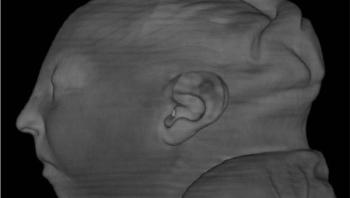
The journal Radiology has published a special report detailing the spectrum of imaging findings in babies and fetuses infected with the Zika virus.



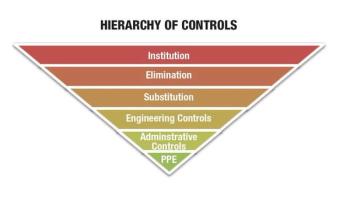
According to 2014 occupational incident surveillance data from nearly 30 U.S. hospitals, when an employee experiences a splash or splatter of blood or body fluid (e.g. blood or bloody urine) into the eye they are only wearing eye-appropriate personal protective equipment (PPE) 3.5 percent of the time. These mucotaneous exposures are extremely high risk. Just as the eyes are the windows to the soul, they are the frontlines for risk of disease transmission from patient to worker. If we experience fatigue, allergies, irritation, or infection our eyes become even more susceptible to microorganisms that come into contact with them.






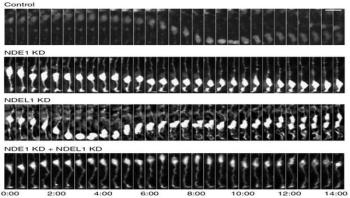
In a very severe, genetic form of microcephaly, stem cells in the brain fail to divide, according to a new Columbia University Medical Center study that may provide important clues to understanding how the Zika virus affects the developing brain. The study was published August 24 in Nature Communications.




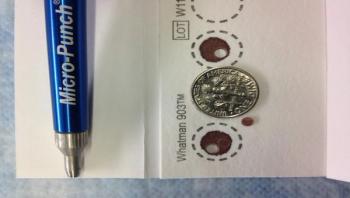
Researchers at the Skaggs School of Pharmacy and Pharmaceutical Sciences at CU Anschutz have developed a technique that estimates an HIV-negative patient's adherence to drugs prescribed to prevent HIV transmission during sex





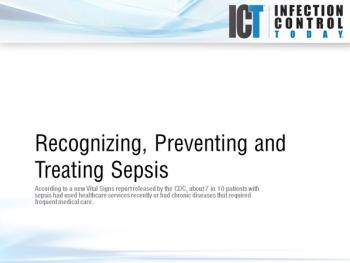

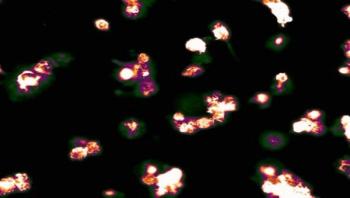
Rheumatoid arthritis patients taking medications that inhibit interleukin-1beta (IL-1beta), a molecule that stimulates the immune system, are 300 times more likely to experience invasive Group A Streptococcal infections than patients not on the drug, according to University of California San Diego School of Medicine researchers. Their study, published August 19 in Science Immunology, also uncovers a critical new role for IL-1beta as the body’s independent early warning system for bacterial infections.
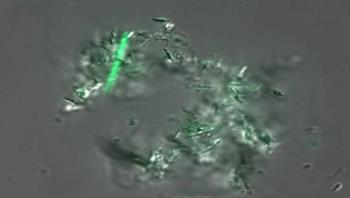
In developing nations, the current test to diagnose tuberculosis (TB) is error-prone, complicated and time-consuming. Furthermore, patients in these resource-limited areas can’t easily travel back to a clinic at a later date to get their results. To make diagnoses simpler, faster and more accurate, chemists have developed a quick and easy diagnostic tool. Field trials of the experimental new test began in June in South Africa, which has a high incidence of TB.
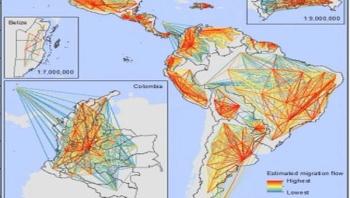
Geographers at the University of Southampton have completed a large scale data and mapping project to track the flow of internal human migration in low and middle-income countries.